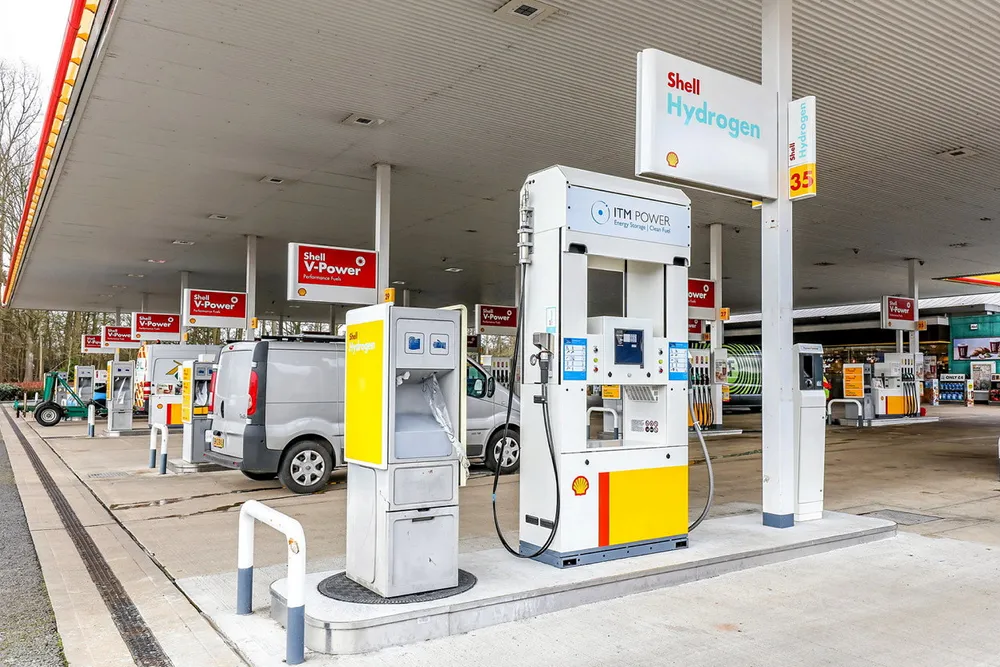EXCLUSIVE | Shell has quietly closed down all its hydrogen filling stations in the UK
Facilities shut down because 'prototype tech had reached its end of life', oil giant tells Hydrogen Insight

Facilities shut down because 'prototype tech had reached its end of life', oil giant tells Hydrogen Insight
